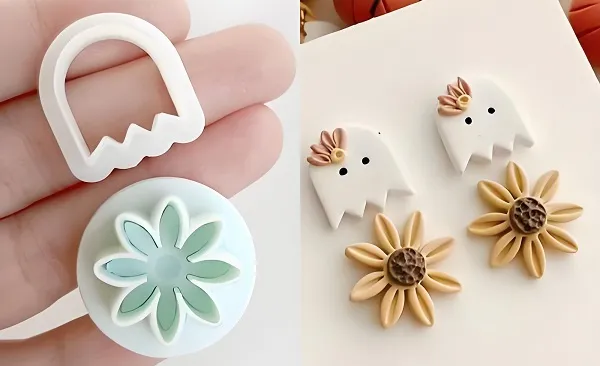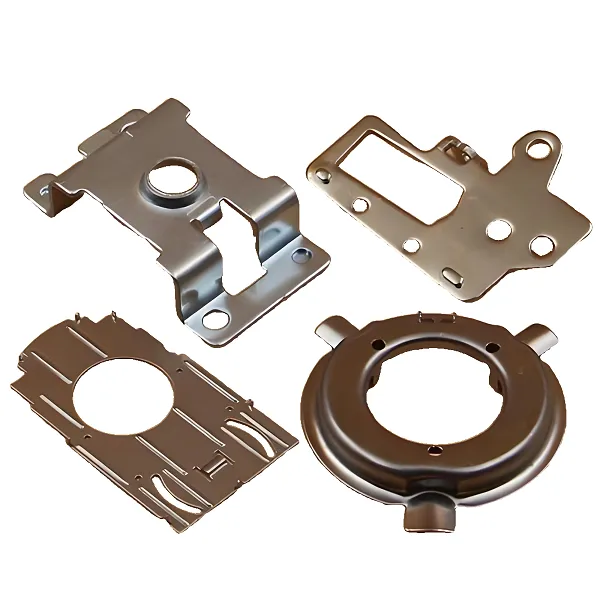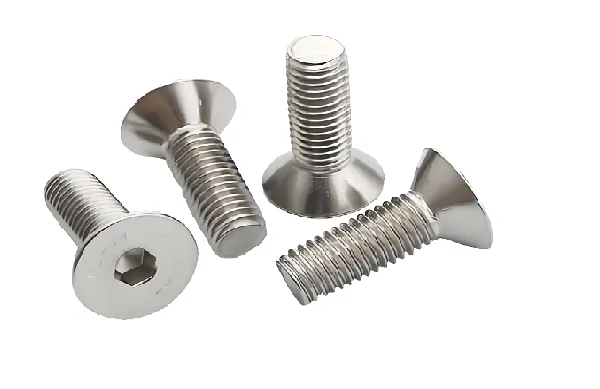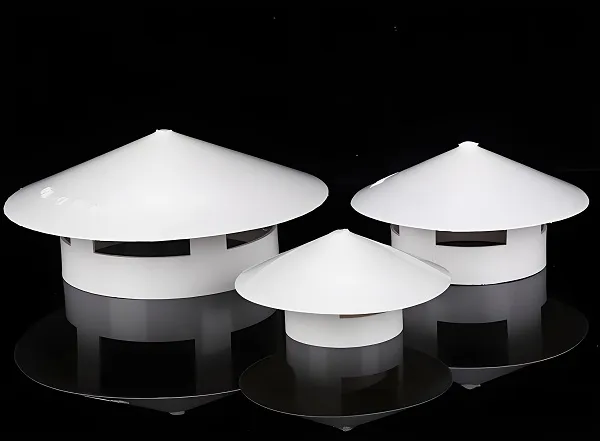As one of the important processes in the metal processing industry, stamping and forming is widely used in many fields such as automotive, electronics and home appliances. With the progress of science and technology, CNC (Computer Numerical Control) technology occupies an increasingly important position in stamping and forming custom machining because of its high precision and high efficiency. This teaching document aims to introduce the application of CNC customized processing in press molding, including the basic principle, operation process, technical points and notes.
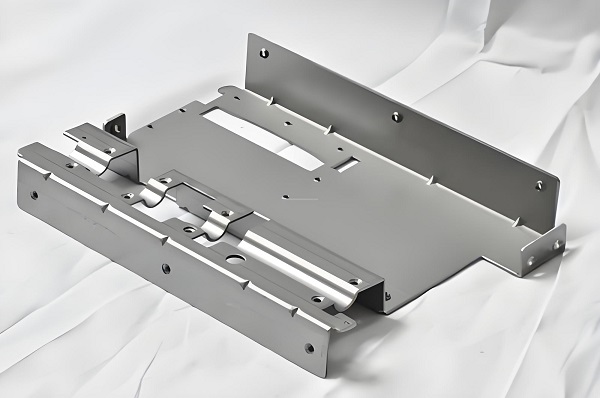
1. Basic principle of CNC press molding
CNC customized machining is to control the automatic movement of machine tools through pre-programmed machining programs to realize accurate machining of workpieces. In press forming, CNC technology is mainly used in mold manufacturing, workpiece pretreatment and direct stamping of complex shaped workpieces, etc. CNC machine tool reads the machining program stored in the computer and controls the tool or punch of the machine tool to move according to the predetermined trajectory to complete the machining of the workpieces.
2.CNC press molding operation process
Design preparation: according to the demand of press forming, carry out three-dimensional modeling of the workpiece and determine the processing plan. The design process should fully consider the mechanical properties of the material, stamping process characteristics and CNC machine tool processing capabilities.
Programming: the use of CAM (Computer Aided Manufacturing) software, the design of the three-dimensional model into the CNC machine can be recognized by the machining program. Programming needs to set up a reasonable tool path, cutting parameters and stamping parameters.
Machine preparation: according to the processing requirements, select the appropriate CNC machine tool, and carry out the debugging and preparation of the machine tool. Including the installation of tools, adjust the machine parameters, check the accuracy of the machine and so on.
Workpiece clamping: accurately clamp the workpiece to be machined on the machine to ensure that the workpiece is correctly positioned, stable and reliable.
Machining execution: start the CNC machine, load the machining program, the machine will automatically follow the program instructions for machining. During the machining process, you need to closely monitor the running status of the machine to ensure the quality and safety of machining.
Quality Inspection: After machining is completed, the workpiece will be inspected for quality, including dimensional accuracy, shape accuracy and surface quality.
3.CNC press molding processing materials
3.2 Low carbon steel
Material Characteristics:
Mild steel is one of the most commonly used stamping materials because of its good plasticity and low production cost.
Its carbon content is usually less than 0.25%, tensile strength is less than 650N/mm², easy to deform and not easy to break.
Product characteristics:
The formed parts have good rigidity and strength.
It is suitable for the manufacture of complex shape, high dimensional accuracy requirements of stamping parts, such as automobile body covering parts, chassis parts, etc.
3.3 Stainless steel
Material properties:
Stainless steel has good corrosion resistance and high strength.
Common stainless steel for stamping includes SUS series.
Product characteristics:
The surface of the formed parts is smooth, beautiful, and not easy to rust.
Suitable for the manufacture of stamping parts that require long-term resistance to corrosive environments, such as medical equipment, food processing equipment.
3.4 Aluminum and aluminum alloy
Material properties:
Aluminum material is lightweight and has good plasticity and ductility.
Aluminum alloy by adding other elements to further improve its mechanical properties.
Product Characteristics:
Formed parts are lightweight and strong, and are suitable for applications that require weight reduction, such as aerospace and automotive lightweight components.
Surface treatment (such as anodizing) can be obtained after good decorative effect and corrosion resistance.
3.5 Copper and Copper Alloys
Material Characteristics:
Copper materials have good electrical conductivity and ductility.
Copper alloy by adding other metal elements to enhance its mechanical properties and corrosion resistance.
Product properties:
Formed parts with good electrical conductivity, suitable for electrical and electronic field of stamping parts, such as connectors, switch contacts.
Smooth surface, easy to weld and process.
3.6 Metal sheet
Material Characteristics:
Thin metal sheets include electro galvanized steel sheet (SECC), hot-dipped electro galvanized steel sheet (SGCC) and many other types.
These materials usually have a thin thickness and good formability.
Product Characteristics:
The formed parts are light in weight and high in dimensional accuracy, and are suitable for the manufacture of thin-walled, complex shaped stamped parts, such as electronic product housings and home appliance parts.
Surface plating can improve the corrosion resistance and decorative parts.
4. Application fields of press molding
Stamping and forming technology occupies an important position in the manufacturing industry because of its high efficiency and precision, and is widely used in many fields:
Automobile manufacturing: The automobile industry is one of the industries where stamping technology is most widely used. Many automobile parts, such as body covering parts, chassis parts, engine parts, etc., are made by stamping process.
Aerospace: In the aerospace field, the precision and quality of parts are extremely high. Stamping technology is used in a large number of applications in this field because of its ability to process high-precision, high-strength parts.
Home appliances: Many parts in household appliances, such as the drums of washing machines and the side panels of refrigerators, are also made by stamping processes.
Medical Devices: Precision stamped parts are also an integral part in the manufacturing of medical devices. These stamped parts are usually used in various types of medical instruments and equipment, which require high levels of material cleanliness and precision.
Information Technology: Stamping technology also plays an important role in the manufacturing process of computer hardware and other information technology equipment. For example, computer chassis, heat sinks and other components are inseparable from the manufacture of stamping process.
Packaging containers: food metal can shells, stainless steel tableware and other packaging containers are also a large number of manufacturing stamping process. These products require high dimensional and shape accuracy, stamping process can meet these requirements.
5. Technical points and notes
Tool selection: according to the processing material and workpiece shape, select the appropriate type and specification of the tool. The sharpness, hardness and wear resistance of the tool have an important impact on the machining quality.
Optimization of cutting parameters: Reasonable setting of cutting speed, feed and depth of cut and other cutting parameters to improve machining efficiency and machining quality. Cutting parameters need to be selected according to machine performance, tool characteristics and workpiece materials and other factors for comprehensive consideration.
Stamping parameter adjustment: In the process of stamping and forming, according to the characteristics of the workpiece material and shape, adjust the stamping speed, pressure and die clearance and other parameters. Ensure that the stamping process is smooth and vibration-free to avoid deformation of the workpiece or damage to the mold.
Precision control: The precision of CNC machine tool directly affects the processing quality. It is necessary to regularly check and calibrate the precision of the machine tool to ensure that the machine tool is in the best working condition. At the same time, in the machining process need to strictly control the workpiece clamping accuracy and tool path accuracy.
Safety protection: CNC customized machining process should pay attention to safety protection. Operators need to wear good labor protection products to avoid mechanical injuries. At the same time, you need to regularly check whether the safety protection device of the machine is intact and effective.
Customized Stamping & Forming Parts FAQ
Q1:What is customized stamping and forming parts?
A: Customized press formed parts are metal parts or components that are customized and produced through the stamping process according to the specific needs of customers. These fittings are designed and produced in strict accordance with the customer’s requirements in terms of shape, size and material.
Q2: Why choose Customized Stamped & Formed Parts?
A: The main reasons for choosing custom stamped formed parts include:
To meet special needs: off-the-shelf products may not be available on the market that perfectly match your needs, and customized services can ensure that the parts are a perfect match for your equipment or system.
Optimize costs: For high-volume production, custom stamping and forming is often more cost-effective than hand machining or other manufacturing processes.
Improve performance: By precisely controlling the material, thickness and shape, you can optimize the performance of the part, such as strength, durability and weight.
Q3: What is the process of custom stamped and formed parts?
A: The process of custom stamped and formed parts usually includes the following steps:
Requirements analysis > Design development > Tooling production > Material preparation > Stamping production > Quality inspection > Packaging and shipping
Q4:What factors affect the price of customized stamped parts?
A: Factors affecting the price of customized stamping and forming parts mainly include:
Material cost: the price of different materials varies greatly, such as stainless steel, aluminum alloy and other metal materials have higher cost.
Mold cost: the production cost of the mold is higher, and the complexity and precision of the mold will also affect its price. For small batch customization, the mold cost may account for a larger amount.
Production Quantity: The higher the production quantity, the lower the cost per piece usually is. This is because fixed costs, such as mold costs, can be spread over multiple products.
Processing Difficulty: Complex shapes and precision requirements can increase processing difficulty and production costs.

